Ten Suspension Terms You Should Know
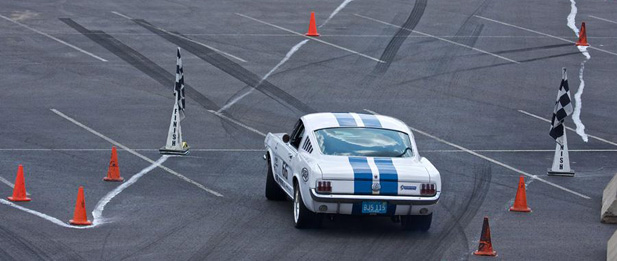
Whenever you walk in to get an alignment done, a technician or service writer hands you a piece of paper with numbers in degrees, inches, and sometimes red or green text. Looking at that paper can be very confusing and the adjustments being made can sound daunting if you’ve never done them yourself. To help create a little clarity, here are 10 suspension terms and components with definitions and how they relate to your Mustang.
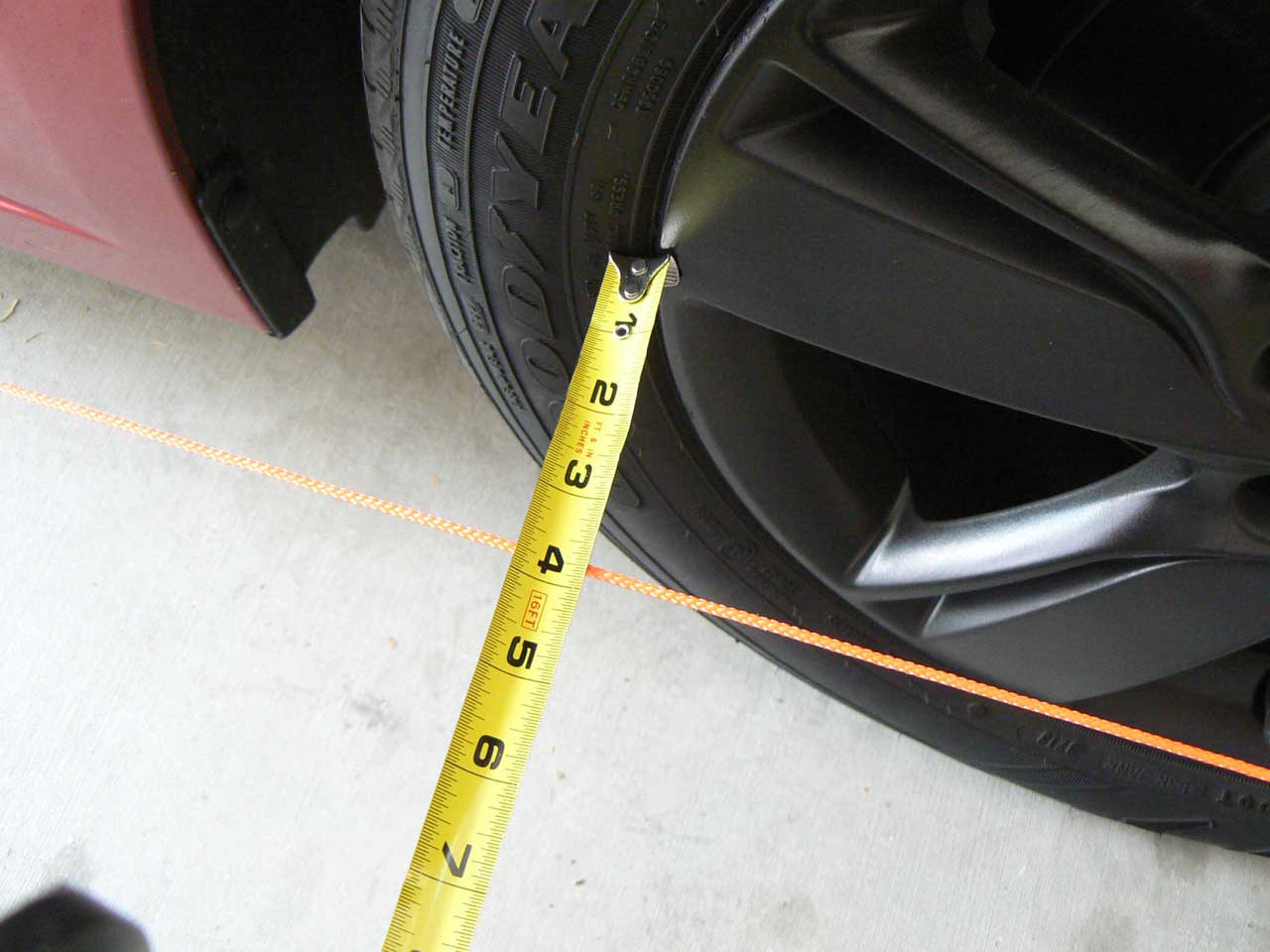
Toe – The angle of the front of the wheel in relation to center line of the vehicle. Toe can be positive, known as toe-in, or negative, known as toe-out. You’ll see this in degrees or inches, depending on the machine or how the alignment is being done.
Total Toe – Is the sum of the toe in both wheels.
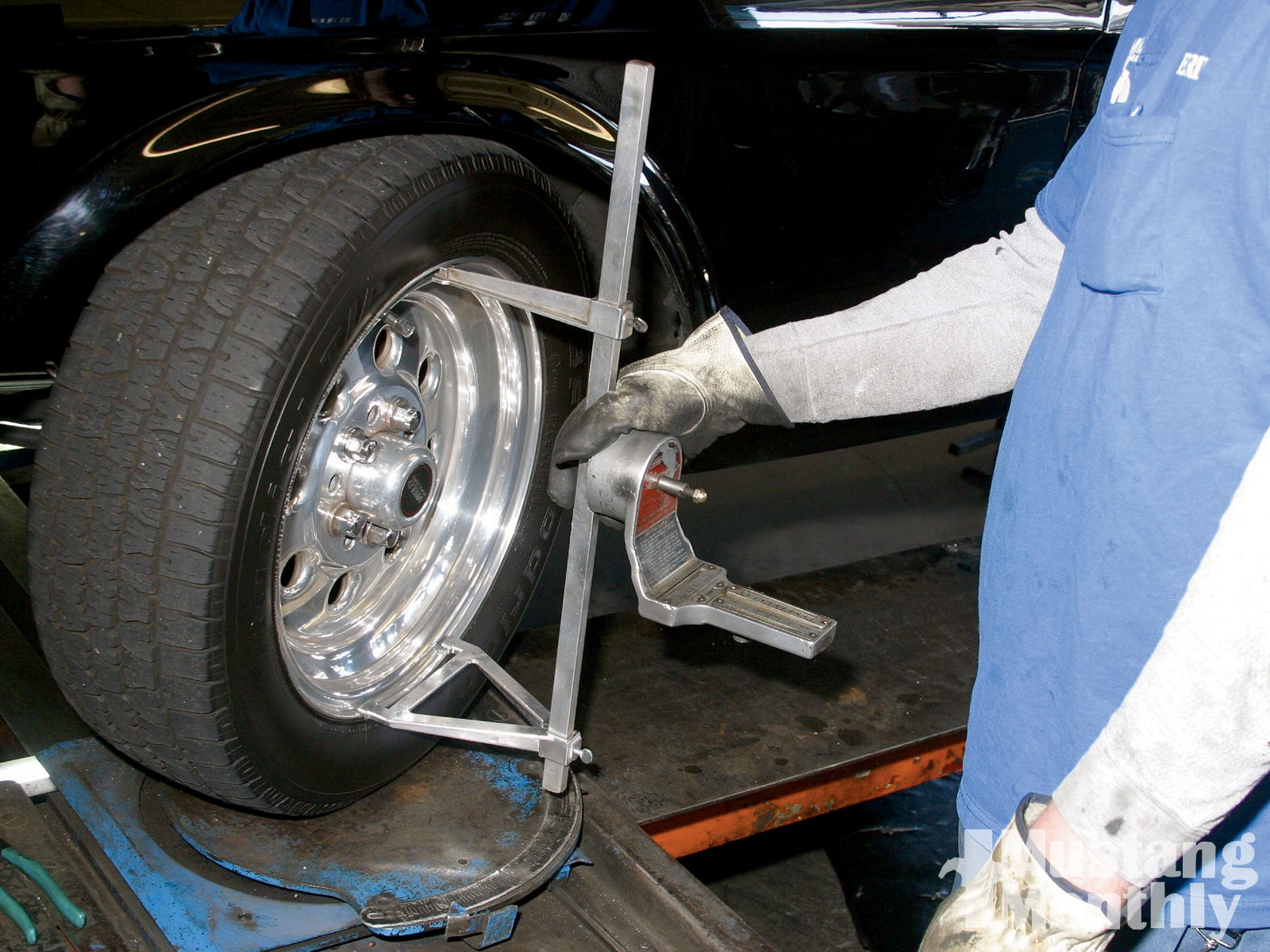
Caster – Caster is the angle of the upper and lower control arms to the center line of the steering knuckle. It is measured in positive or negative degrees. Positive caster leans the top of the steering knuckle toward the front of the car while negative caster leans the top of the steering knuckle towards the rear of the car. The biggest effect you feel is the effort it takes to turn your steering wheel and the return rate of your steering wheel to center. If you want a quick way to observe that, grab a shopping cart and watch the wheels. They have positive caster and return to center the moment you push forward. Caster can also affect the camber of your tires as you turn, generally leaning the outside tire towards the center of the car as you turn the wheel. This has an effect on Scrub Radius, which we’ll get into in a moment.

Camber – Camber is the angle of the wheel in relation to the vertical line of your vehicle. A simpler way to think of this is looking at the top of a tire and how it leans to the center of the car. The closer the top of the tire is to the center of the car, the more negative the angle. The further away is more positive. It’s always measured in degrees. Camber comes in as you drive around a corner. If you had zero camber (where the wheels were straight up) and made a turn, you would begin to drive on a very small portion of your tread, or even start to run on the sidewall in extreme situations as mass inertia acts on your car and tries to force it to continue toward the outside of the corner. If you camber your wheels in enough, you can maximize the amount of tread you would actually be riding on in a corner; however, there will be more to this in another term.
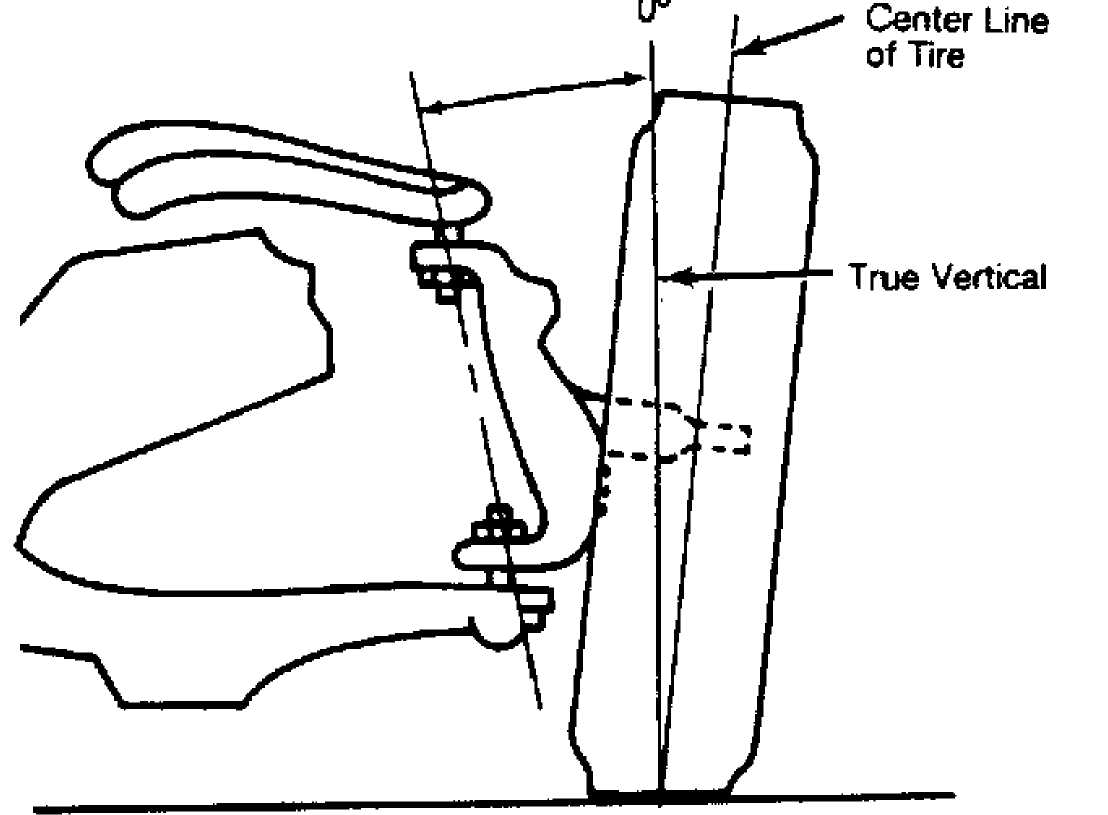
Kingpin Inclination Angle – It’s also known as steering axis inclination and is the angle of your ball joints or the relation of the center of the top of your MacPherson strut to the lower ball joint to true vertical. The kingpin inclination angle cannot be adjusted on production cars, but race cars can adjust this angle. If your kingpin inclination angle is off, parts are replaced. Kingpin inclination angle and caster both affect straight-line stability.
Scrub Radius – Scrub radius is actually as literal as it sounds. It is the area where your tires will scrub as you turn the wheel. Despite all that we do with suspensions, your tires still don’t turn in a perfect axis, so they scrub as you turn. The scrub radius is the measurement between the true center of the wheel at the ground versus where the kingpin inclination angle hits the ground, known as the “Dave point”. You probably won’t find the term Dave point in any suspension book because it doesn’t really exist as a term. True nerd and tech editor of the defunct Sport Compact Car, and Mazda Engineer Dave Coleman coined the term. Scrub Radius is affected by kingpin inclination angle and camber. It’s why most cars actually have a slight positive camber at the front, as it decreases the scrub radius. It’s also why caster is important as you turn your car through a corner because it now begins to lean that outside tire to negative camber during a turn, thus adding more contact patch.
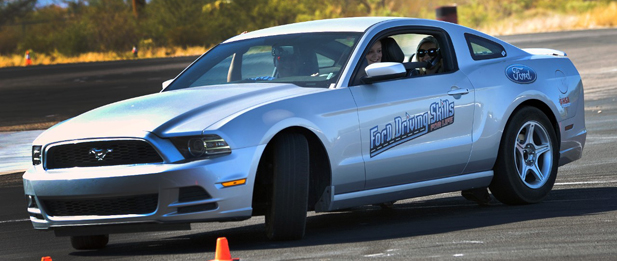
Ackerman Angle – Ackerman angle is also known as “toe-out on turns” and is the relation of your wheels’ toe as you turn. As you turn the wheel of your car, the inside tires have to take a tighter circular path versus the outside tires. That’s why the inside tire will always have more steering angle as you turn the wheel.
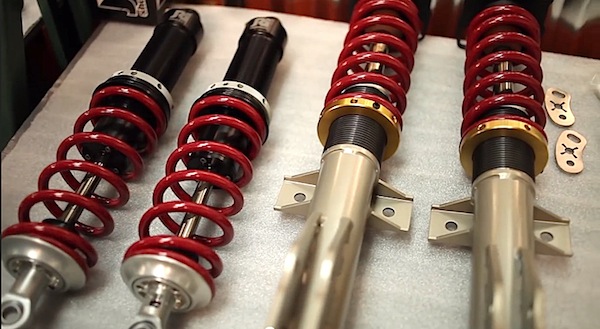
MacPherson Strut – The MacPherson Strut is a type of suspension where the coil and damper (shock) are packaged together and attach directly to the steering knuckle rather than a suspension arm. A double-wishbone suspension with a strut is not a MacPherson Strut, as the strut package attaches to a control arm and the MacPherson Strut does not. There is also the “Super MacPherson Strut” that a few FWD cars use that has a ball joint at the bottom of the strut. This is done to eliminate torque-steer by reducing the length of the spindle and moving the steering axis back to the upper part of the knuckle rather than the top of the strut for a reduced scrub radius.
Short and Long Arm Suspension – This is a type of suspension that can also be known as an unequal-length double-wishbone suspension. The upper control arm is typically shorter than the lower, and is done so that as the suspension moves in its arc, the tire contact patch is kept nearly square throughout; however, if not properly designed, it can have some bad bump steer characteristics.
Panhard Bar – Also known as a track bar or Panhard rod, it is a suspension link used in a straight-axle to help locate the rear axle laterally. There is also the Watt’s link, which centers the middle of the axle rather than a point at one side of the axle. The Watt’s link does this by using two bars connected to the chassis, and a centrally located pivot at the rear differential. A variant of this is used in the Australian V8 Supercars; however, the two bars are attached to the rear differential, while the central pivot is attached to the chassis.
That’s this session of nerdy-ness. We’ll be doing more, so be sure to keep your eyes here at The Mustang Source.
